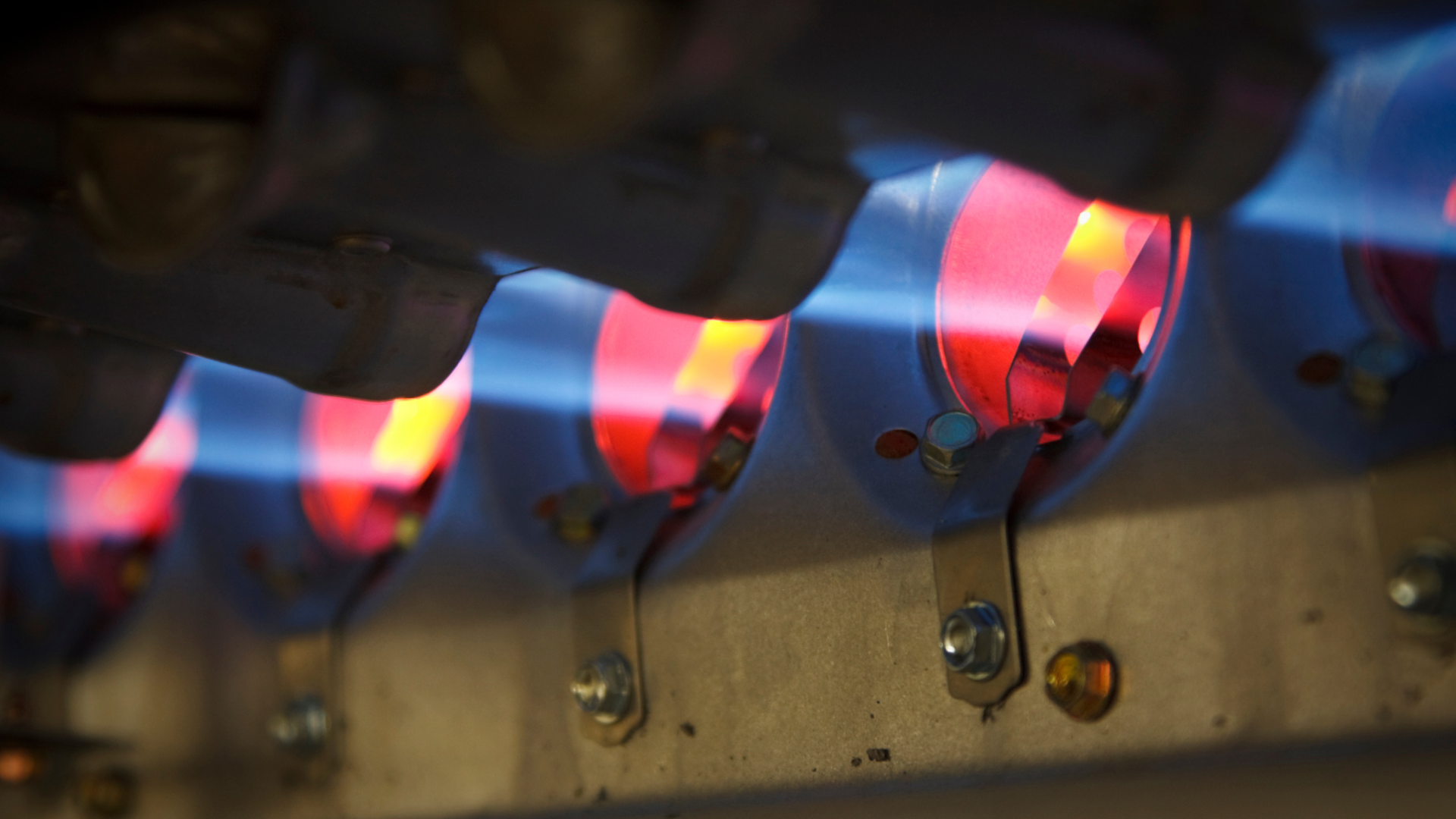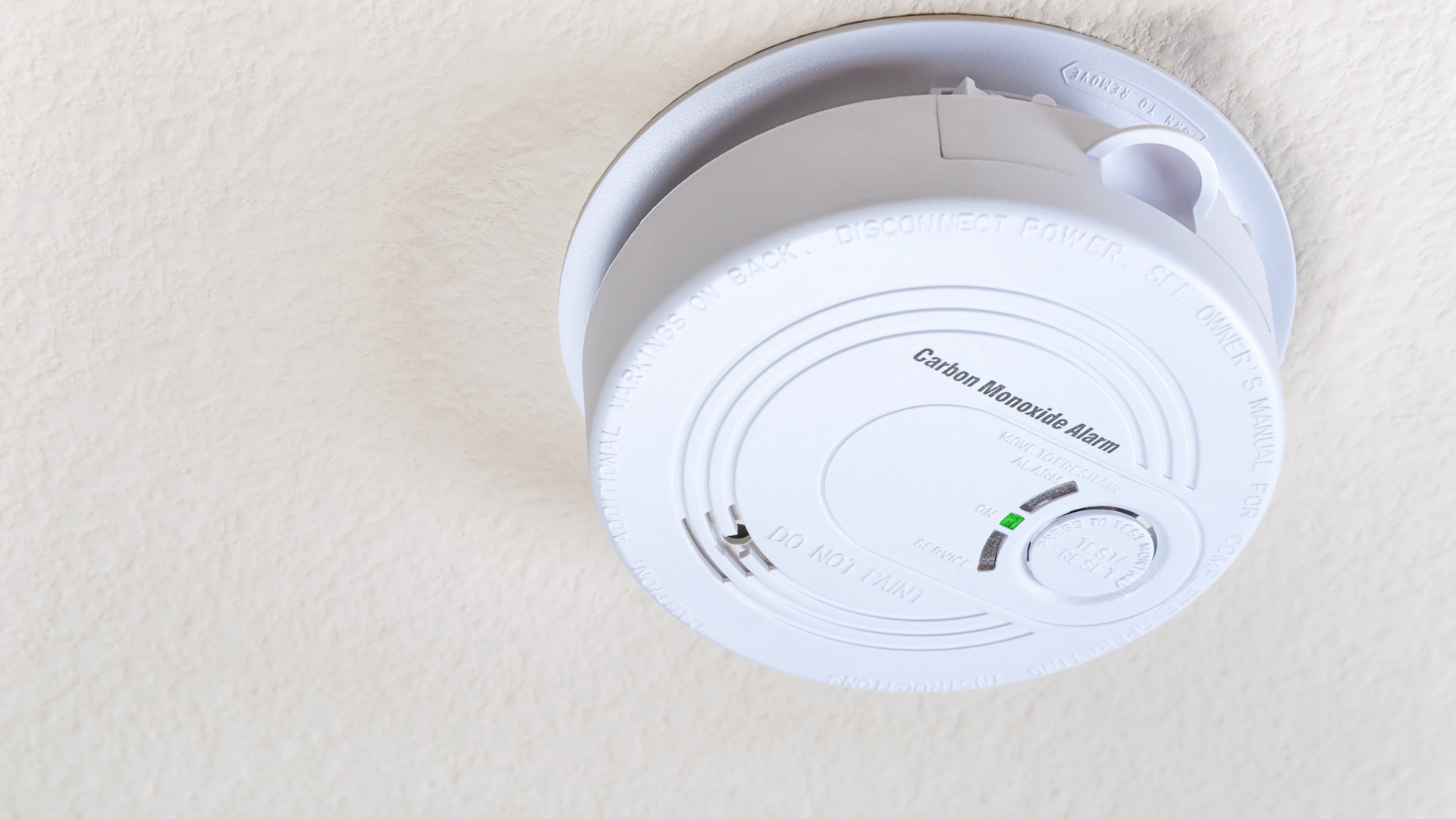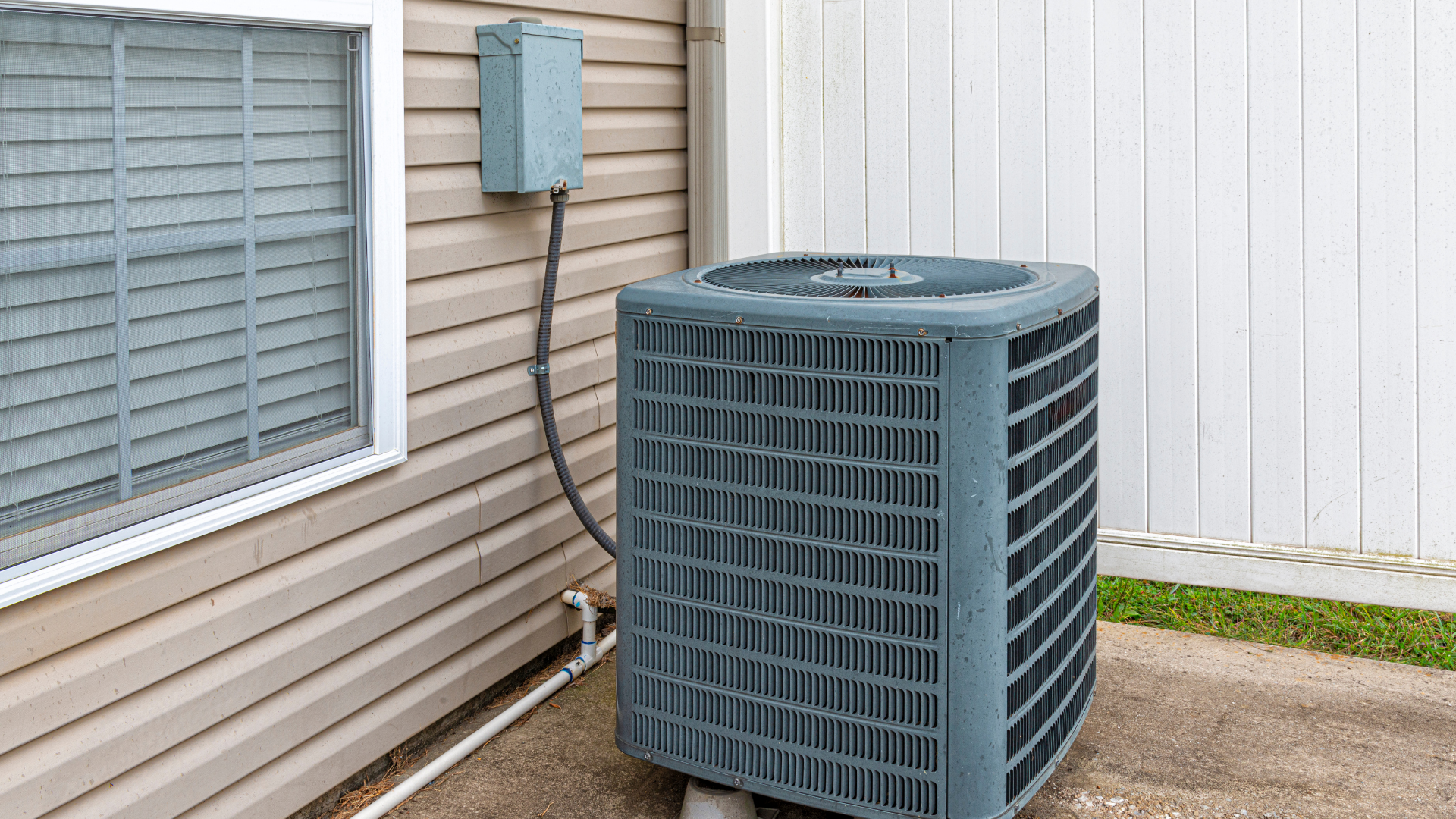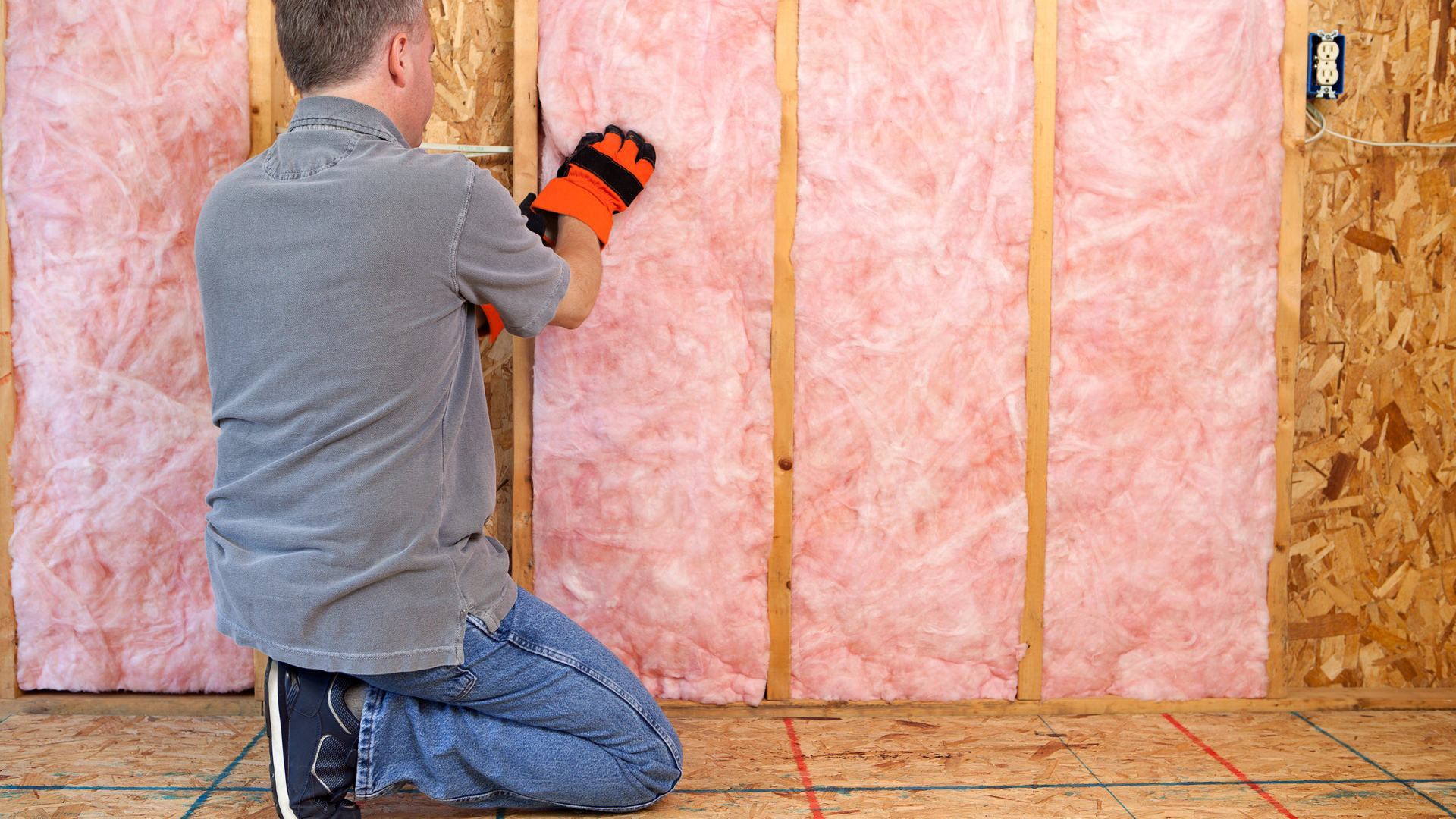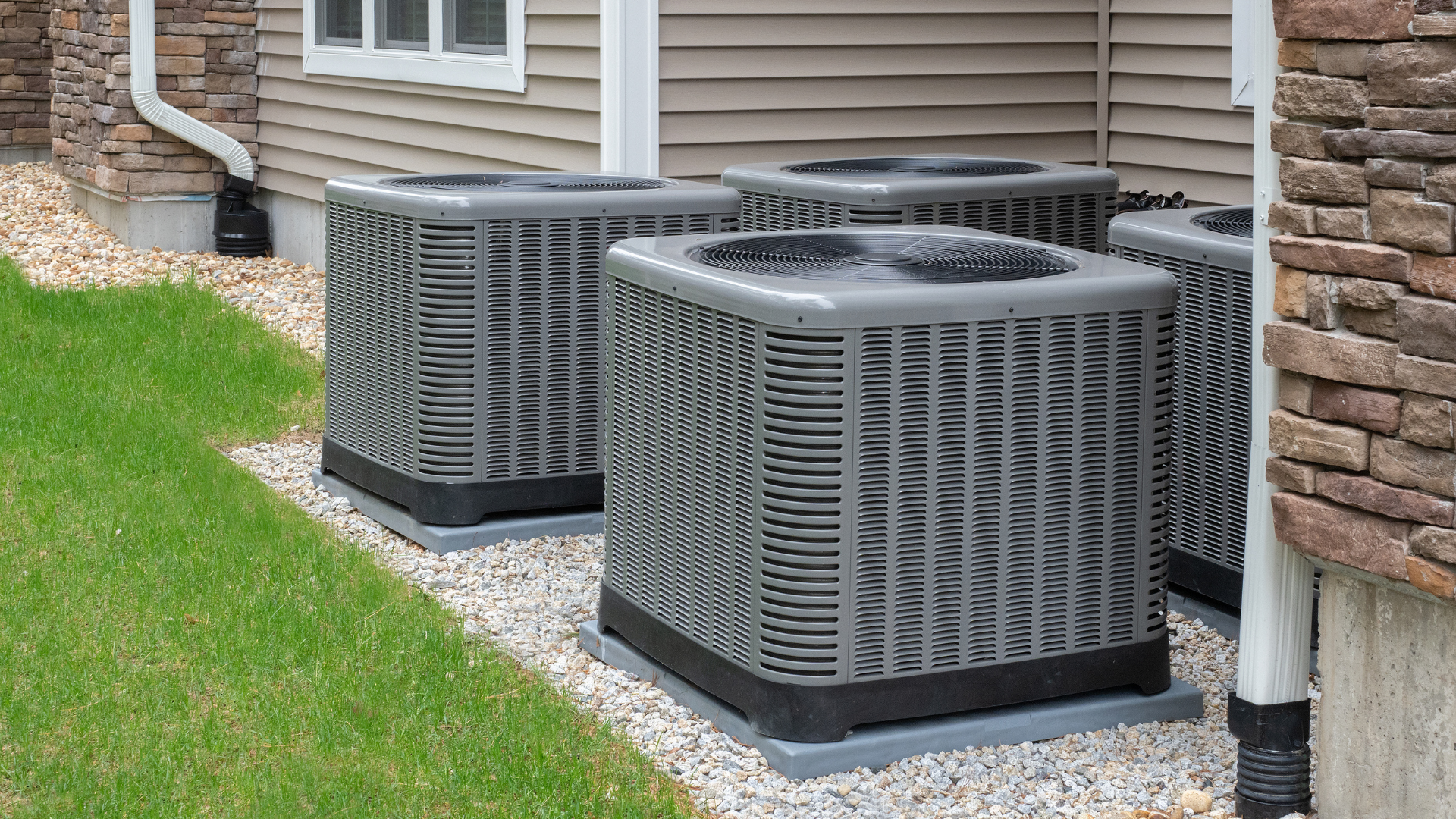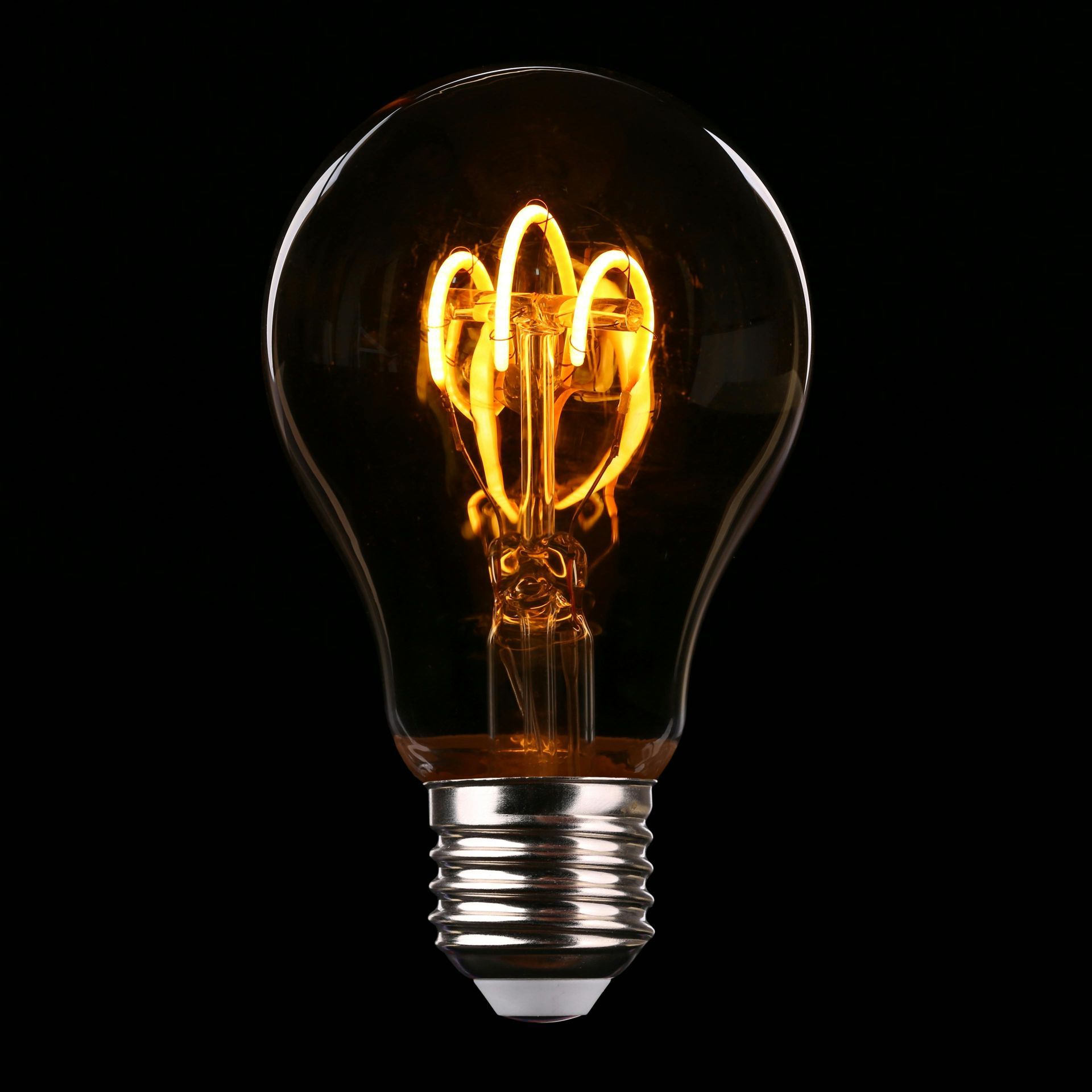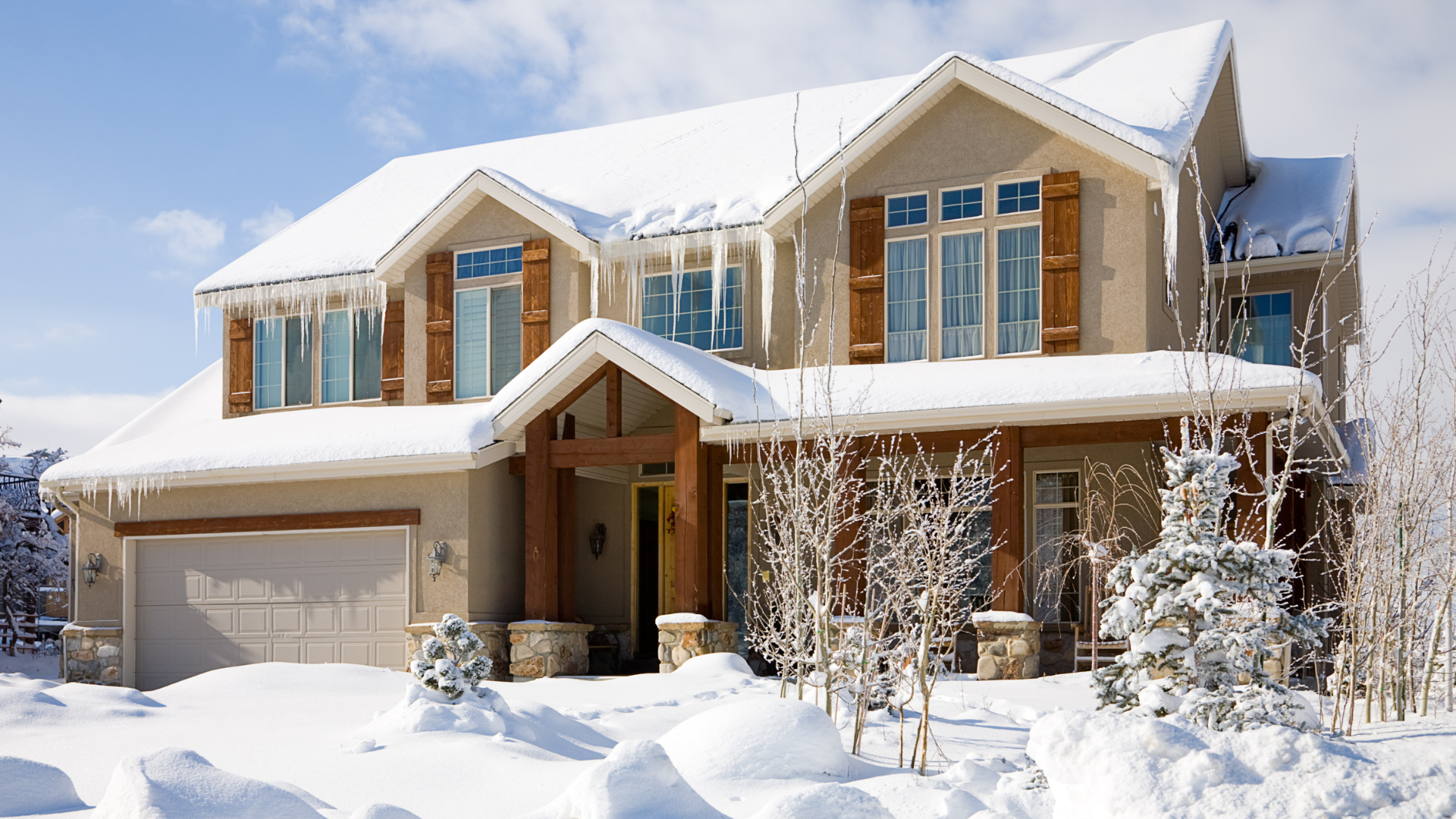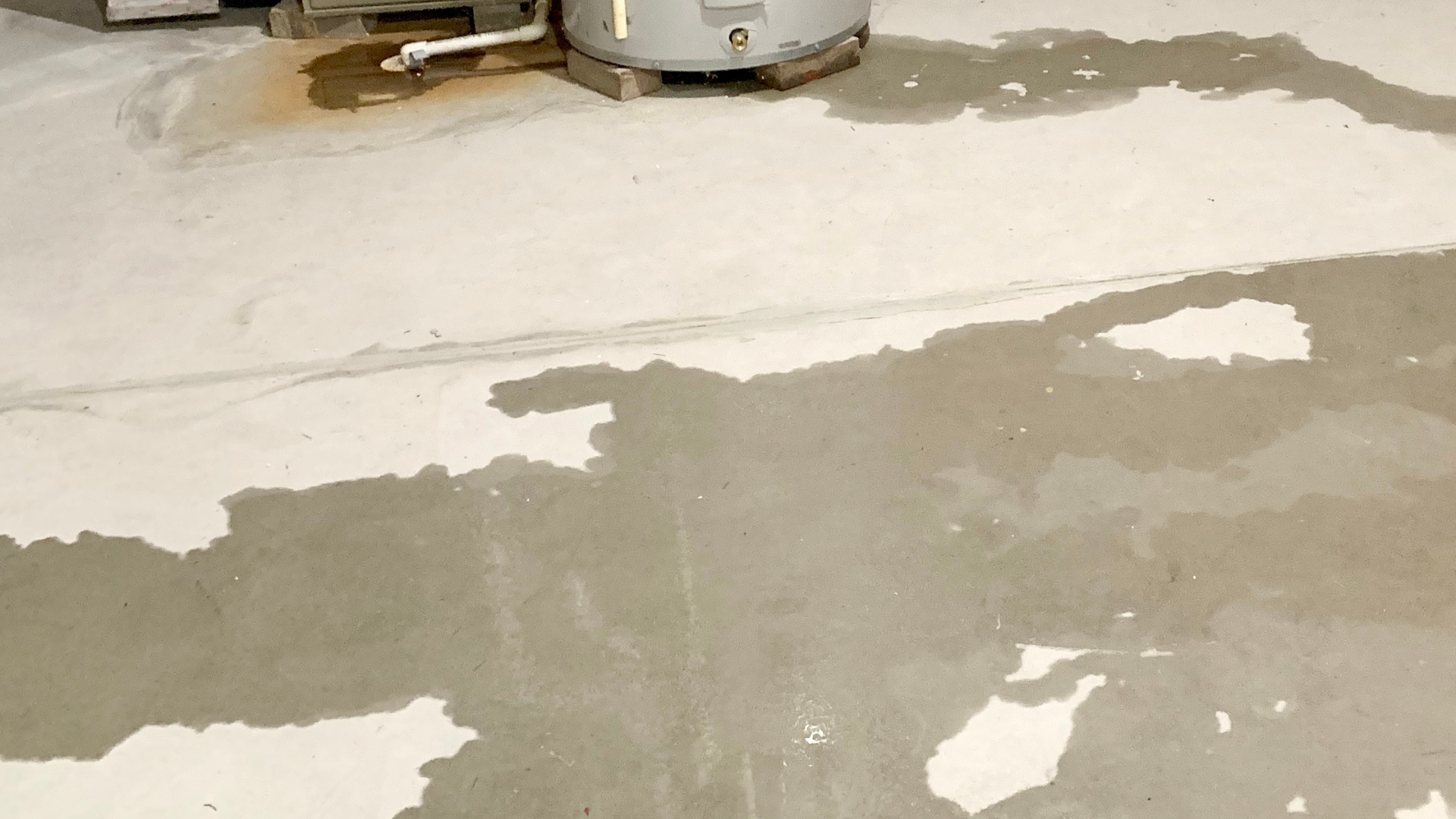Do Ceiling Fans Really Save Energy on Hot Days?
The Surprising Truth for Homeowners
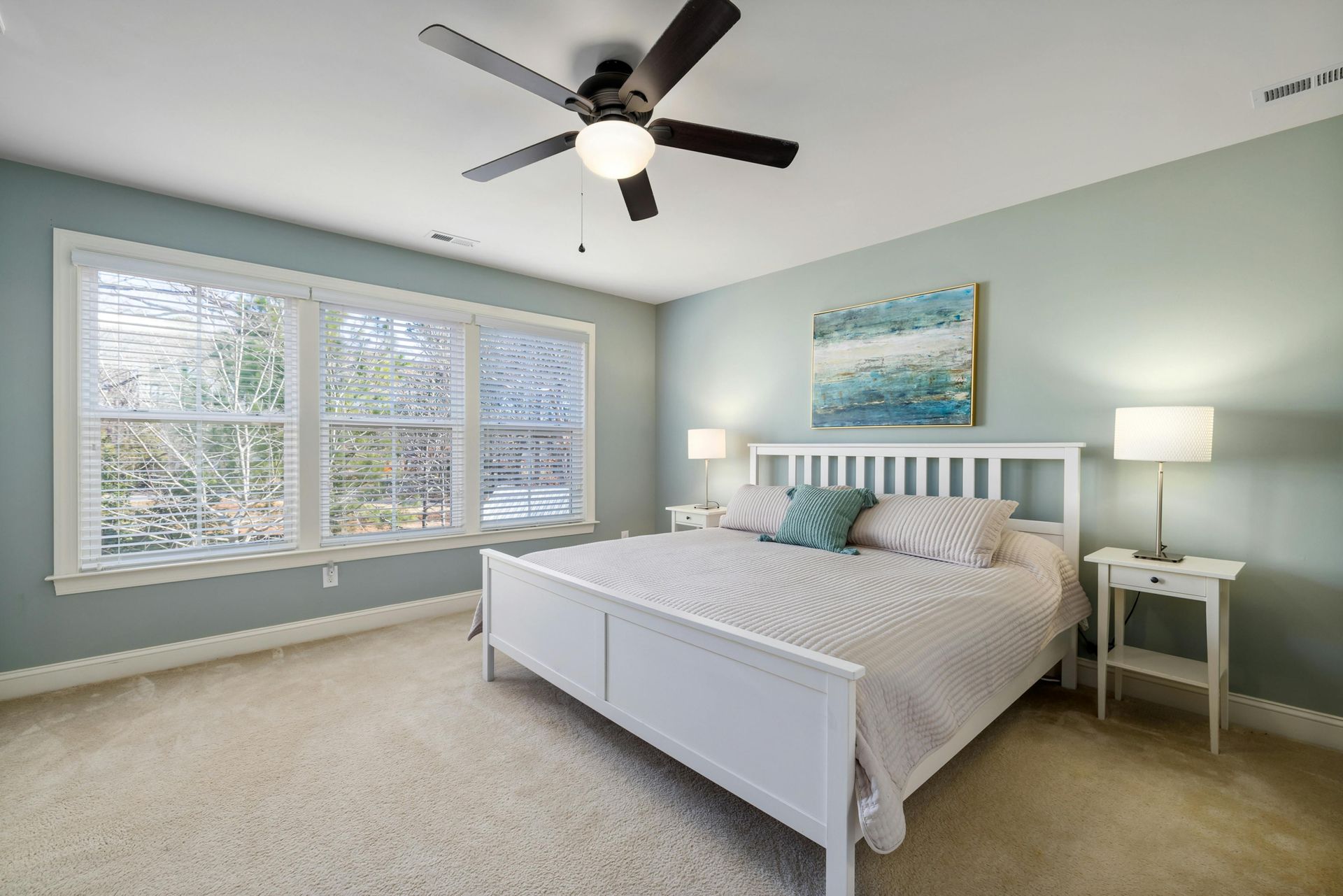
When the summer sun beats down, many homeowners instinctively reach for the air conditioning. But what about that trusty ceiling fan spinning overhead? Can it really make a difference to your comfort and your energy bill on those sweltering hot days? The answer, surprisingly, is a resounding yes, but not in the way you might think.
How Ceiling Fans Cool (and Don't Cool)
The most important thing to understand is this: ceiling fans do not actually lower the temperature of a room. Unlike air conditioners, which remove heat and humidity from the air, a ceiling fan simply moves air around. So, if you leave a ceiling fan running in an empty room, you're not cooling the space; you're simply wasting energy.
Instead, ceiling fans create a "wind chill" effect. As the fan blades spin, they create a breeze that passes over your skin. This breeze helps to evaporate perspiration from your body, which in turn makes you feel cooler. It's the same principle as stepping out on a breezy day – even if the air temperature is high, the wind makes you feel more comfortable.
The Energy-Saving Advantage: Working with Your AC
Where ceiling fans truly shine in terms of energy savings is when they are used in conjunction with your air conditioning system. Here's how it works:
- Raise Your Thermostat: Because a ceiling fan makes you feel cooler, you can often raise your thermostat setting by about 4°F without any reduction in your comfort level. For example, if you typically set your AC to 70°F, you might find you're just as comfortable with the AC set to 74°F and your ceiling fan running.
- Reduced AC Runtime: Every degree you raise your thermostat in the cooling season can lead to significant energy savings. The U.S. Department of Energy estimates that using ceiling fans can help you save approximately 12% on cooling costs by allowing your AC to run less frequently or at a higher temperature setting.
- Circulating Cooled Air: Ceiling fans also help to circulate the cool air produced by your air conditioner more evenly throughout the room. This prevents stagnant pockets of warm air and ensures that the cooled air reaches you more effectively, further reducing the need for your AC to work as hard.
Maximizing Your Ceiling Fan's Efficiency on Hot Days
To get the most out of your ceiling fan for energy savings:
- Correct Direction: In summer, ensure your ceiling fan blades are rotating counter-clockwise (as viewed from below). This creates a downward airflow, pushing cool air down and creating that beneficial wind chill effect. Most fans have a small switch on the motor housing to change the direction.
- Turn it Off When You Leave: Since ceiling fans cool people, not rooms, there's no benefit to running them when no one is in the room. Make it a habit to switch them off when you exit.
- Proper Sizing: Choose a fan that's appropriately sized for your room to ensure effective air circulation.
- Rooms up to 225 sq. ft.: 36- or 44-inch diameter fan
- Larger rooms: 52 inches or more
- Rooms longer than 18 feet may benefit from multiple fans.
- Consider ENERGY STAR®: When purchasing new ceiling fans, look for the ENERGY STAR® label. These fans are designed to be up to 44% more efficient than conventional models, thanks to improved motors and blade designs.
- Clean Blades: Dust and grime on fan blades can reduce their efficiency, making the motor work harder. Regular cleaning helps maintain optimal performance.
The Bottom Line
While a ceiling fan alone won't transform a scorching hot room into a refrigerator, it's an incredibly energy-efficient tool that, when used strategically with your air conditioning, can significantly reduce your cooling costs and enhance your comfort. By understanding how these simple devices work, you can make smarter choices for a cooler home and a lighter energy bill this summer.
Click Another Article to Read More

